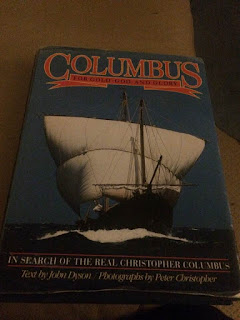First day back today, having had a lengthy break because of Christmas and also because of most of our family having the flu over the holidays - and still trying to get back to normal even now! 😩
This term we are looking at USA!!!
We are starting with Native Americans and their various tribes.
Today, we looked at Aztecs:
What they ate:
Maize - the staple grain of the Aztec empire. Maize has been domesticated for thousands of years, and it likely first came into common use in Mexico, spreading to the rest of the world from there. Mexico is still one of the world's top maize growing countries. Corn could be ground into flour and used to make tortillas
Maize farming - Aztec farmer used a chinampas systems ( a type of Mesoamerican agriculture which used small, rectangular areas of fertile arable land to grow crops on the shallow lake beds)
Aztec food also included beans and squash as well as chillies, tomatoes, limes, cashews, potatoes, sweet potatoes, peanuts, and of course chocolate. They also domesticated bees for honey, and turkeys for meat and eggs, also dogs and duck. They hunted and fished as well, and used animals such as deer, rabbits, iguana, fish and shrimp for food. Even insects, such as grasshoppers and worms were harvested. 😦
We were a bit more civilized and had enchiladas for our lunch (not dog or grasshoppers).
Aztec gods - Printed out the gods to colour in and decorate using twinkl resources.
Other plans, which will also include historical events in the UK around the same time:
- We will be studying the Maya - also in the mesoamerica region and looking at their numerical system.
- Columbus
- States
- USA and UK comparison, including language and climate
- USA time zones
- USA extreme weather and natural disasters
- The Tudors
- The Plague
- The Great Fire of London
- Georgians
Resources
Also James wanted to include The Wild West - of course - so will include that in all of the above. Started by watching a western movie which starred John Wayne!



















